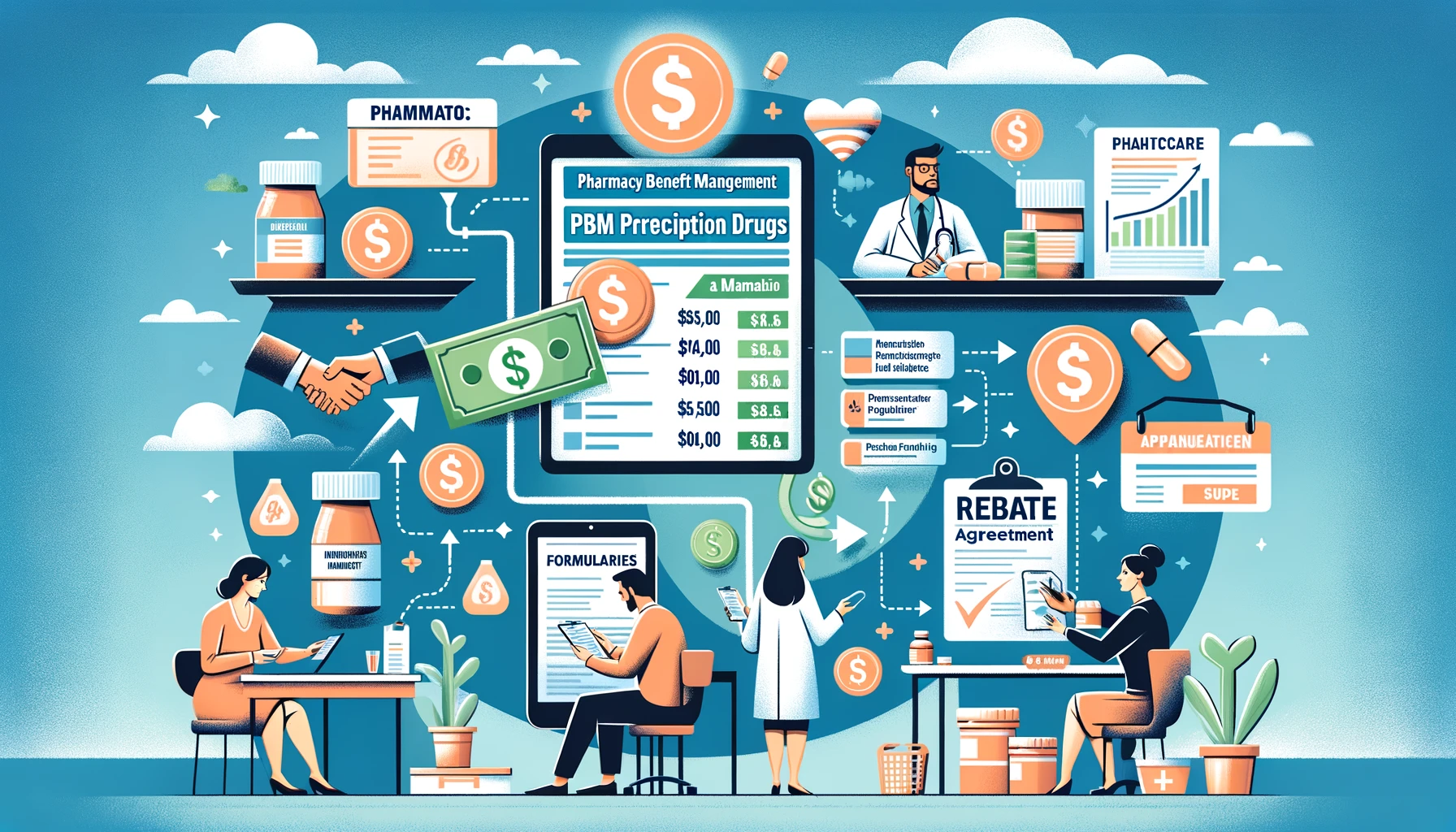Understanding Pharmacy Benefit Management Plans
Introduction to Pharmacy Benefit Management (PBM)
Pharmacy Benefit Management (PBM) plans are increasingly becoming a crucial element in the healthcare system, particularly in managing prescription drug costs. PBMs act as intermediaries between insurers, pharmacies, and consumers, negotiating drug prices and determining which medications are covered under health insurance plans. This system can significantly affect how much consumers pay for their prescriptions.
The Role of PBMs in Prescription Pricing
PBMs play a key role in negotiating prices with drug manufacturers. They leverage their large customer bases to secure discounts, which can be passed on to consumers. However, the transparency and fairness of these negotiations have been topics of debate, with some arguing that PBMs contribute to higher drug prices.
How PBMs Impact Consumer Costs
For consumers, PBMs can offer lower drug prices through negotiated rates and rebates. However, this can vary based on the PBM’s policies and the specific health plan. It’s important for consumers to understand how their PBM influences the cost of their prescriptions.
Choosing the Right PBM for Your Needs
Selecting the appropriate PBM can be challenging. Consumers should consider factors like the list of covered medications (formulary), the network of pharmacies, and overall costs. Some PBMs also offer additional services like mail-order prescriptions or specialized pharmacy services.
Navigating Insurance and PBM Formularies
Insurance plans often have specific formularies, or lists of covered drugs, managed by PBMs. These formularies can change, impacting which drugs are affordable. Consumers should regularly review their plan’s formulary and discuss alternatives with their healthcare providers if necessary.
The Pros and Cons of PBM-Owned Pharmacies
Some PBMs own or are affiliated with specific pharmacies, which can offer convenience and potentially lower costs. However, this can also limit consumer choice and lead to potential conflicts of interest, as PBMs may favor their own pharmacies.
Understanding Rebates and Their Impact on Drug Prices
Rebates are a major component of the PBM model, where manufacturers provide discounts on drugs. While these can lower overall healthcare costs, there is debate about whether these savings are fully passed on to consumers.
The Future of PBMs and Drug Pricing
The landscape of PBMs is evolving, with increasing scrutiny from policymakers and the public. Future changes in regulations or business practices could significantly impact how PBMs operate and affect drug pricing.
Maximizing Savings with PBMs
To maximize savings, consumers should actively engage with their PBMs: understand their benefits, stay informed about changes in formularies, and explore all available options for filling prescriptions, such as mail-order or different pharmacies within the network.
Conclusion
Pharmacy Benefit Management plans can offer significant savings on prescription drugs, but it’s crucial for consumers to understand how these plans work. By being informed and proactive, consumers can navigate the complexities of PBMs and potentially reduce their healthcare expenses.

